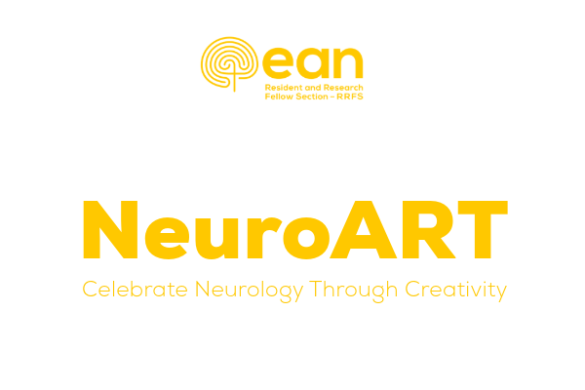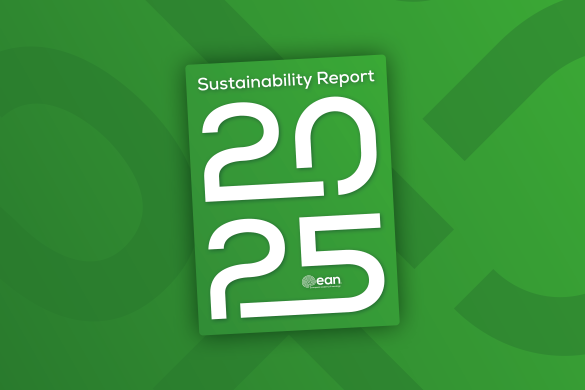Literature Review (Grey)
Read on for our highlighted selection of Covid-related Literature Reviews from the scientific press for August 2022:
- COVID-19 Vaccination and the Rate of Immune and Autoimmune Adverse Events Following Immunization: Insights From a Narrative Literature Review
- Neuroinflammation and COVID-19
- Therapeutic Approaches to the Neurologic Manifestations of COVID-19
- Immunopathology of COVID-19 and its implications in the development of rhino-orbital-cerebral mucormycosis: a major review
COVID-19 Vaccination and the Rate of Immune and Autoimmune Adverse Events Following Immunization: Insights From a Narrative Literature Review
Despite their proven efficacy and huge contribution to the health of humankind, vaccines continue to be a source of concern for some individuals around the world. Vaccinations against COVID-19 increased the number of distressed people and intensified their distrust, particularly as the pandemic was still emerging and the populations were encouraged to be vaccinated under various slogans like “back to normal life” and “stop coronavirus”, goals which are still to be achieved. As fear of vaccination-related adverse events following immunization (AEFIs) is the main reason for vaccine hesitancy, the authors of this paper reviewed immune and autoimmune AEFIs in particular, as the most worrisome aspect of the vaccines, though very rare. Autoimmune AEFIs of the most commonly administered COVID-19 vaccines include neurological ones such as Guillain-Barre syndrome, transverse myelitis, and Bell’s palsy, as well as myocarditis. In addition, the newly introduced notion related to COVID-19 vaccines, “vaccine-induced immune thrombotic thrombocytopenia/vaccine-induced prothrombotic immune thrombotic thrombocytopenia” (VITT/VIPITT)”, is of importance as well. Overviewing recent medical literature while focusing on the major immune and autoimmune AEFIs, demonstrating their rate of occurrence, presenting the cases reported, and their link to the specific type of COVID-19 vaccines represented the main aim of this work. This narrative review illustrates the different vaccine types in current use, their associated immune and autoimmune AEFIs, with a focus on the three main COVID-19 vaccines (BNT162b2, mRNA-1273, and ChAdOx1). While the rate of AEFIs is extremely low, the authors conclude that addressing the issue in this manner is the best strategy for coping with vaccine hesitancy.
Mahroum N, Lavine N, Ohayon A, Seida R, Alwani A, Alrais M, Zoubi M, Bragazzi NL. COVID-19 Vaccination and the Rate of Immune and Autoimmune Adverse Events Following Immunization: Insights From a Narrative Literature Review. Front Immunol. 2022 Jul 5;13:872683. doi: 10.3389/fimmu.2022.872683.
Neuroinflammation and COVID-19
Coronavirus disease 2019 (COVID-19) has caused a historic pandemic of respiratory disease. COVID-19 also causes acute and post-acute neurological symptoms, which range from mild, such as headaches, to severe, including hemorrhages. Current evidence suggests that there is no widespread infection of the central nervous system (CNS) by SARS-CoV-2, thus what is causing COVID-19 neurological disease? This paper reviews potential immunological mechanisms driving neurological disease in COVID-19 patients. The implications of imbalanced peripheral immunity on CNS function are discussed, followed by an examination of the evidence for dysregulation of the blood-brain barrier during SARS-CoV-2 infection. Finally, the authors discuss the role myeloid cells may play in promoting COVID-19 neurological disease. In summary, this paper highlights the role of innate immunity in COVID-19 neuroinflammation and suggests areas for future research.
Vanderheiden A, Klein RS. Neuroinflammation and COVID-19. Curr Opin Neurobiol. 2022 Jun 29;76:102608. doi: 10.1016/j.conb.2022.102608. Epub ahead of print.
Therapeutic Approaches to the Neurologic Manifestations of COVID-19
As of May 2022, there have been more than 527 million infections with severe acute respiratory disease coronavirus type 2 (SARS-CoV-2) and over 6.2 million deaths from Coronavirus Disease 2019 (COVID-19) worldwide. COVID-19 is a multisystem illness with important neurologic consequences that impact long-term morbidity and mortality. In the acutely ill, the neurologic manifestations of COVID-19 can include distressing but relatively benign symptoms such as headache, myalgias, and anosmia; however, entities such as encephalopathy, stroke, seizures, encephalitis, and Guillain-Barre Syndrome can cause neurologic injury and resulting disability that persists long after the acute pulmonary illness. Furthermore, as many as one-third of patients may experience persistent neurologic symptoms as part of a Post-Acute Sequelae of SARS-CoV-2 infection (Neuro-PASC) syndrome. This Neuro-PASC syndrome can affect patients who required hospitalization for COVID-19 or patients who did not require hospitalization and who may have had minor or no pulmonary symptoms. Given the large number of individuals affected and the ability of neurologic complications to impair quality of life and productivity, the neurologic manifestations of COVID-19 are likely to have major and long-lasting personal, public health, and economic consequences. While knowledge of disease mechanisms and therapies acquired prior to the pandemic can inform us on how to manage patients with the neurologic manifestations of COVID-19, there is a critical need for improved understanding of specific COVID-19 disease mechanisms and development of therapies that target the neurologic morbidities of COVID-19. This current perspective reviews evidence for proposed disease mechanisms as they inform the neurologic management of COVID-19 in adult patients while also identifying areas in need of further research.
Graham EL, Koralnik IJ, Liotta EM. Therapeutic Approaches to the Neurologic Manifestations of COVID-19. Neurotherapeutics. 2022 Jul 21. doi: 10.1007/s13311-022-01267-y. Epub ahead of print.
Immunopathology of COVID-19 and its implications in the development of rhino-orbital-cerebral mucormycosis: a major review
This literature review covers various immunopathologic dysfunctions following COVID-19 infection and their potential implications in development of rhino-orbital-cerebral mucormycosis (ROCM).
A literature search was performed via Google Scholar and PubMed with subsequent review of the accompanying references. Analogies were drawn between the immune and physiologic deviations caused by COVID-19 and the tendency of the same to predispose to ROCM.
Sixty-two articles were reviewed. SARS-CoV-2 virus infection leads to disruption of epithelial integrity in the respiratory passages, which may be a potential entry point for the ubiquitous Mucorales to become invasive. COVID-19 related GRP78 protein upregulation may aid in spore germination and hyphal invasion by Mucorales. COVID-19 causes interference in macrophage functioning by direct infection, a tendency for hyperglycemia, and creation of neutrophil extracellular traps. This affects innate immunity against Mucorales. Thrombocytopenia and reduction in the number of natural killer (NK) cells and infected dendritic cells is seen in COVID-19. This reduces the host immune response to pathogenic invasion by Mucorales. Cytokines released in COVID-19 cause mitochondrial dysfunction and accumulation of reactive oxygen species, which cause oxidative damage to the leucocytes. Hyperferritinemia also occurs in COVID-19 resulting in suppression of the hematopoietic proliferation of B- and T-lymphocytes.
The review concludes that COVID-19 has a role in the occurrence of ROCM due to its effects at the entry point of the fungus in the respiratory mucosa, effects of the innate immune system, creation of an environment of iron overload, propagation of hyperglycemia, and effects on the adaptive immune system.
Dave TV, Nair AG, Joseph J, Freitag SK. Immunopathology of COVID-19 and its implications in the development of rhino-orbital-cerebral mucormycosis: a major review. Orbit. 2022 Jul 20:1-10. doi: 10.1080/01676830.2022.2099428. Epub ahead of print.












